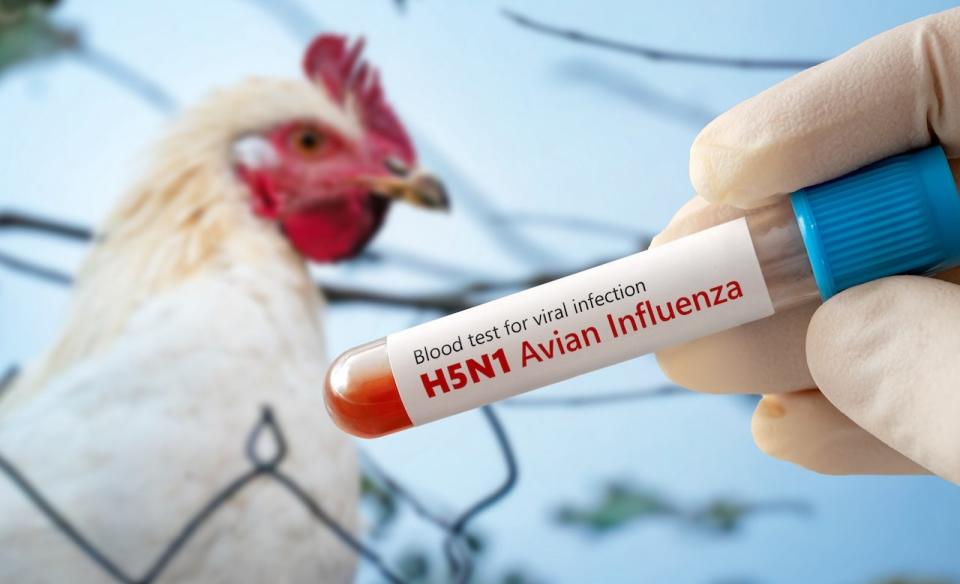The Louisiana Department of Health announced on Monday the first human death in the United States linked to H5N1 bird flu. The patient, whose identity has not been disclosed, was hospitalized on December 18 after exposure to a mix of backyard chickens and wild birds.

The individual, over the age of 65, had underlying health conditions that heightened the risk of severe illness, according to health officials. This tragic case marks a significant milestone as the country grapples with the ongoing bird flu outbreak.
Bird Flu in the U.S.: Context and Impact
Since April, nearly 70 people in the United States have contracted H5N1, predominantly farmworkers who came into contact with infected animals. Despite these infections, the U.S. Centers for Disease Control and Prevention (CDC) and state officials maintain that the risk to the general population remains low.
The outbreak, which began in poultry in 2022, has caused widespread devastation, killing approximately 130 million wild and domestic birds and affecting 917 dairy herds nationwide.
Genetic analysis of the virus from the Louisiana patient identified it as the D1.1 genotype, which has also been detected in wild birds and poultry in Washington State and linked to a severe case in a Canadian teenager in British Columbia.
This genotype differs from the B3.13 strain circulating among U.S. dairy cows, which has been associated with milder symptoms in humans, such as conjunctivitis.
While the CDC has emphasized that there is no evidence of human-to-human transmission, experts remain vigilant for any signs that the virus could evolve to spread more easily among people.

Expert Reactions and Broader Implications
Globally, more than 950 human cases of H5N1 have been reported to the World Health Organization, with a mortality rate of approximately 50%.
Dr. Amesh Adalja, senior scholar at the Johns Hopkins Center for Health Security, warned that while U.S. cases have typically been mild, H5N1 remains capable of causing severe illness and fatalities in vulnerable individuals.
Public health experts expressed concern over the Louisiana case, urging greater attention to the virus’s potential risks.
“This is a tragic reminder of what experts have been warning for months: H5N1 is a deadly virus,” said Jennifer Nuzzo, director of the Pandemic Center at Brown University’s School of Public Health.
Veterinary and public health consultant Gail Hansen added, “I hate to have the death of someone be a wake-up call, but if that’s what it takes, hopefully, it will prompt more focus on bird flu as a critical public health issue.”
Preventive Measures and Recommendations
Louisiana health officials have highlighted that individuals working with birds, poultry, or livestock—or those engaging in recreational activities involving these animals—face a higher risk of infection. They advise proper protective measures and vigilance to reduce exposure.
As the U.S. faces its first bird flu-related death, health authorities and experts are reiterating the need for heightened surveillance, improved biosecurity measures, and public awareness to mitigate the threat posed by H5N1.
Reuters



